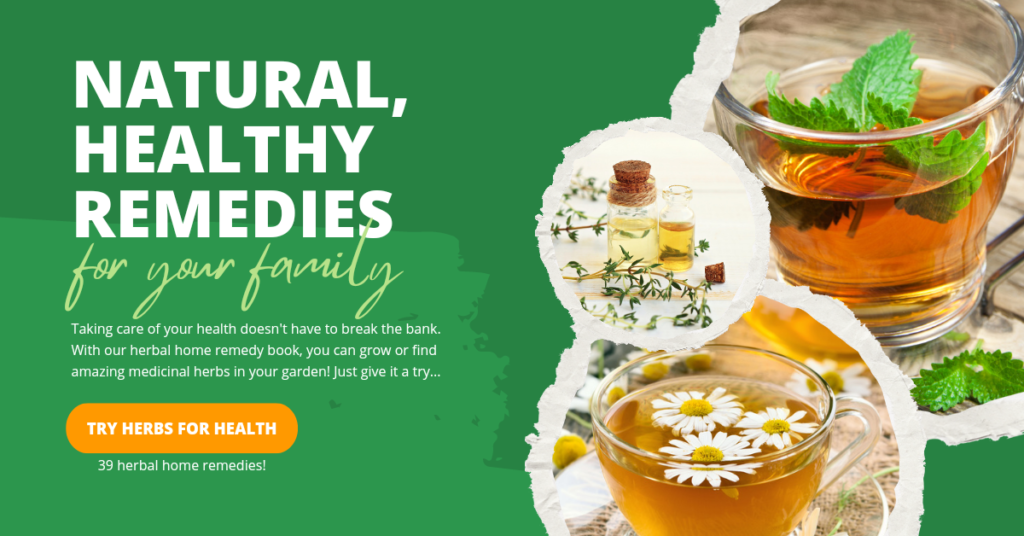This site contains affiliate links to products sold by selected self improvement partners. We may receive a commission for purchases made through these links.
I remind you that the information provided in this series is for information purposes only and is not to be used or relied on for any diagnostic or treatment purposes. This information is not intended to be patient education, neither is it to be construed as such. It does not create any patient-physician relationship and should not be used as a substitute for professional diagnosis and treatment where required. Consult a doctor for medical advice, treatment or diagnosis.
Also, while every attempt is made to ensure accuracy, you are strongly advised to take responsibility and do your own research.
In the previous article, we looked at the Clove (Syzygium aromaticum) herb, one of the world’s most precious spices.
In this article, we are going to see how the humble dandelion is more than an annoying weed to be removed from your garden.
After reading this article, you might want to think twice before using those chemicals in that spray bottle to kill the plant.
World’s best known “weed”?
Dandelions (Taraxacum officinale) are not only one of the most common plants found in our backyards, they are also one of the most beneficial. Dandelions are one of the first plants we learn to identify. They have bright yellow flowers in the spring and also have a distinctive white globe of seeds that follow. The downward pointing teeth on the leaves are also quite distinctive.
They are, perhaps, the best known “weed” in the world.
Nutrient-rich leaves
Depending on when you harvest the Dandelion leaves will determine their bitterness, although you might find this appealing.
The leaves have been used to make fritters when they are battered up and fried and, in Asian countries, the leaves are fried and added to brown rice.
Dandelion leaves are also high in antioxidants, full of vitamins (A, C, E, K and B), and minerals (calcium, sodium, magnesium, iron, copper, silicon, zinc, manganese).
Inulin-rich roots
Dandelion root is one of the safest and most popular herbal remedies on the market and is widely used today. It is rich in inulin (not to be confused with insulin). Inulin is a prebiotic that helps feed good bacteria in your gut.
Diuretic properties
This plant also goes by the French name Pissenlit, which translates as “piss in bed”. This is related to its diuretic properties. The leaves used as tea or tinctures are diuretic, helping kidney and bladder function.
How the flowers are used
The flowers make a beneficial herbal infused oil. They are known as a muscle relaxant, especially for the lower spine and neck areas. The oil is best used for massage to help release muscular tension. The flowers can also be eaten. They make a lovely addition to salads.
Safe uses
Other parts of the plants are used medicinally as well. The leaves and roots can be either harvested or purchased from any herb shop, co-op or online store.
All parts of the plant are very safe. However, those with gallstones are advised not take the leaf internally without consulting a qualified practitioner. There are also rare, reported cases of allergic reaction to the milky substance in the leaves and stem.
Also, if using the roots to help with digestion, drink plenty of water to reduce bloating.
Making a liver cleanse as a tea
The following video from herbalist Elizabeth Heck of Home Herb School demonstrates how to make a liver cleanse as a tea. Note the IMPORTANT caveat below the video if you have high blood pressure.
Warning! If you have high blood pressure and/or are on blood pressure medications, you might want to substitute something else for licorice, or not at all, because licorice consumption is corelated with increased hypertension. Nonetheless, dandelion leaves have been found to lower blood pressure.
Unusual case examples
Here are two examples of cases you might wish to look at:
Case Number One: An Unusual Case of Licorice-Induced Hypertensive Crisis
Case Number Two: Hypertension induced by liquorice tea
Finally…
If you must have a pretty lawn for any reason, at least consider harvesting the flowers to make a tea before your lawnmower man gets to it.
In the next article, we will look at Echinacea. Are we in danger of losing this precious plant?
To a better, wiser, stronger YOU!

Note: I am an affiliate for the above offer and may get a commission on each sale.
Sources:
Herbalism Medicine Making. Located at Home Herb School (online), https://homeherbschool.com
Dandelion (Taraxacum officinale), Family: Asteraceae. Located at American Botanical Council (online),
https://www.herbalgram.org/resources/herbalgram/issues/109/table-of-contents/hg109-herbpro-dandelion/ [Accessed May 8, 2023]
Monograph of Dandelion. Date 06-15-2009, HC# 050496-378. Located at American Botanical Council (online),
http://herbalgram.org/resources/herbclip/issues/bin_378/review050496-378/ [Accessed May 8, 2023]
Ottenbacher R, Blehm J. An Unusual Case of Licorice-Induced Hypertensive Crisis. S D Med. 2015 Aug;68(8):346-7, 349. PMID: 26380428.
Allcock E, Cowdery J. Hypertension induced by liquorice tea. BMJ Case Rep. 2015 Jun 15;2015:bcr2015209926. doi: 10.1136/bcr-2015-209926. PMID: 26077805; PMCID: PMC4480140.
Olas B. New Perspectives on the Effect of Dandelion, Its Food Products and Other Preparations on the Cardiovascular System and Its Diseases. Nutrients. 2022 Mar 24;14(7):1350. doi: 10.3390/nu14071350. PMID: 35405963; PMCID: PMC9002813.
Health Benefits of Inulin. Located at healthline (online),
https://www.healthline.com/health/food-nutrition/top-inulin-benefits#side-effects-and-risk-factors [Accessed May 8, 2023]
This site contains affiliate links to products sold by selected self improvement partners. We may receive a commission for purchases made through these links.
